Three women were chained, beaten and raped for years by Ariel Castro. A silent decision sealed their miracle escape
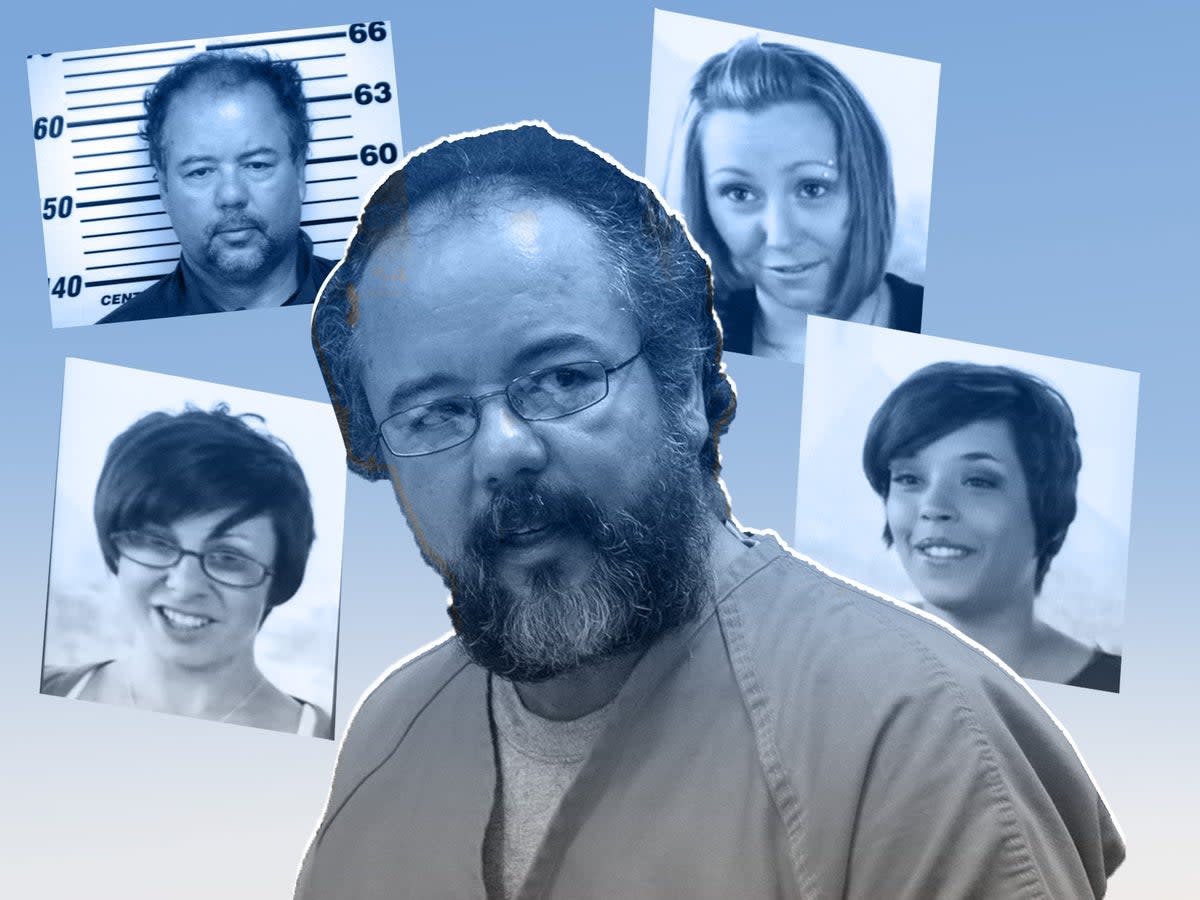
Lily Rose Lee, from her animal rescue on the outskirts of Cleveland, has been busily preparing for the first weekend of May. She’ll be hosting an event at a city banquet hall to celebrate the first year of her non-profit, Unleashed Animal Rescue, as well as her eighth year with her husband, Michael Rodriguez.
But she’ll also be celebrating — most importantly and most famously — the 10-year anniversary of the day Ms Lee, then known as Michelle Knight, walked free with two other women from a veritable house of horrors after more than a decade of imprisonment in 2013. Since August 2002, she’d been chained, beaten and starved, lured into the house originally by an evil predator who’d manipulated the same love of animals that would motivate her to start her new nonprofit years later.
Ariel Castro, a school bus driver she knew through his children, had promised Michelle a newborn puppy he’d claimed he had inside the dilapidated home. Nine months later, he abducted Amanda Berry, a Burger King worker who knew his son, one day before her 17th birthday. Almost one year after that, he kidnapped Gina DeJesus just minutes after she parted ways with her friend, who also happened to be Castro’s daughter.
All three women were subjected to unspeakable abuse — and Amanda gave birth to Castro’s daughter — during the ensuing decade within the filthy walls of 2207 Seymour Avenue. Amanda finally seized a chance to run for freedom when the child was six years old, alerting neighbors and, then, a stunned police force and community in a miracle development that shocked the world.
Castro was dead within months, killing himself in his prison cell one month into his life sentence after pleading guilty to more than 900 charges, including kidnapping, rape and aggravated murder. His victims experienced mixed feelings; they’d endured unimaginable pain for years at the hands of a man who, faced with the loss of his own freedom, quickly chose death over the prospect.
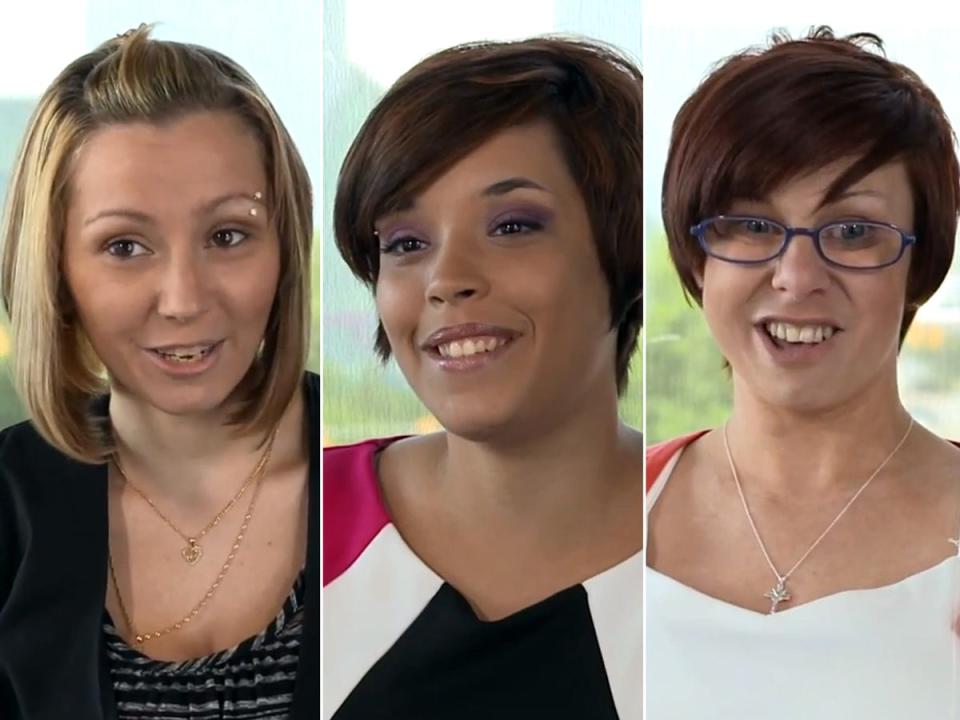
But his victims have more than made the most of their years of freedom since their final day in the house from hell, not only enjoying their unfettered time with friends and family but also using their trauma to help other abuse victims — including of the animal variety — and to offer a message of hope.
“I fully believe with every fiber of my being that God put me on this earth to connect humans and animals in a special way,” Michelle, who now goes by the new name of Lily Rose Lee, told Fox8 this week. “Just to give them hope and the strength to move forward in their life so they can have a better life.”
She added: “It makes it worthwhile. At the end of the day, just to say, ‘I’m helping you and you’re helping me’ and we both have this second chance at life.”
Michelle published a best-selling book, Finding Me: A Decade of Darkness, a Life Reclaimed, written with Michelle Burford, in 2014; a year later, Amanda and Gina, along with journalists Mary Jordan and Kevin Sullivan, co-authored Hope: A Memoir of Survival in Cleveland.
“We have written here about terrible things that we never wanted to think about again,” the two wrote in Hope. “But our story is not just about rape and chains, lies and misery. That was Ariel Castro’s world. Our story is about overcoming all that.”
And the fact that the victims could overcome “all that” — an understated catch-all phrase for physical, emotional, mental and sexual torture — is nothing short of astonishing.
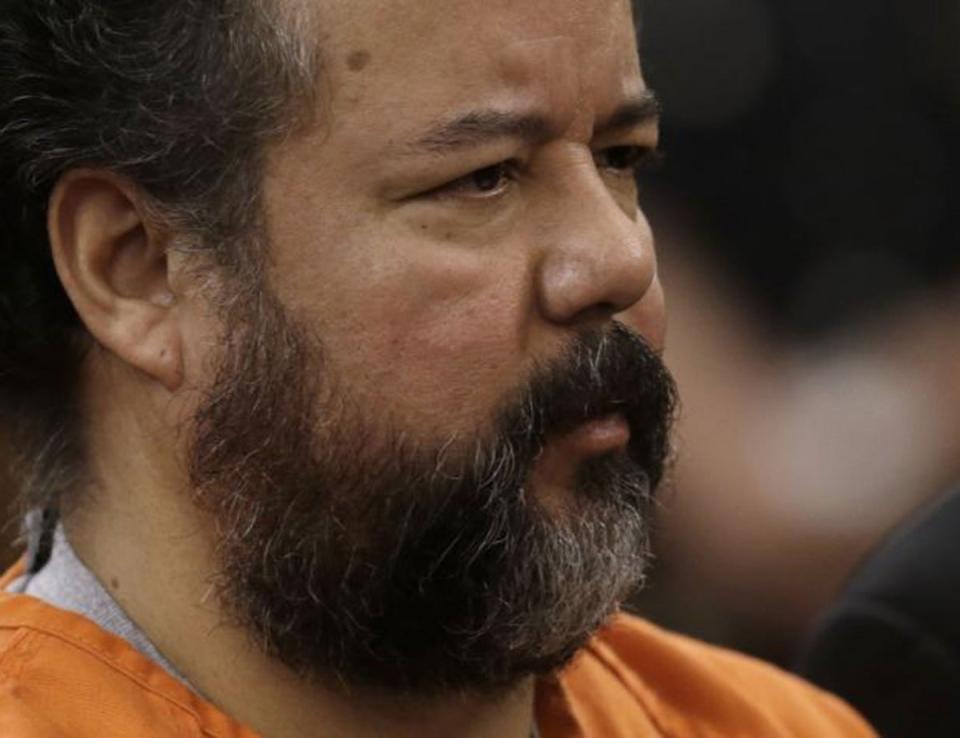
The ordeal began on 23 August 2002, when Castro — then a divorced father of four whose abuse had permanently injured his ex-wife — decided to stage his first abduction. At the time, Michelle was a 21-year-old trying to find a ride to a social services appointment; she’d recently lost custody of her young son, Joey. She was at a Cleveland Family Dollar when Castro, whom she recognised as the father of one of her friends, offered her a lift, then suggested they stop by his home so she could pick up a new puppy from his dog’s recent litter to give her son.
He convinced Michelle to enter the home and go upstairs — where he subsequently locked her in, tied her up and began a decade-plus campaign of brutality that would include beating-induced abortions. When Castro eventually supplemented her bare room and basket toilet with a television, she watched the news but never saw any sign of herself. Subsequent revelations would indicate that, really, no one was looking for her.
One major news story held her particular attention: As Michelle wasted away in Cleveland chains, she closely followed coverage of the abduction of Elizabeth Smart, who’d vanished from her Utah home just two months before her own kidnapping and was rescued the following March.
“I was so glad she was alive and got to go back home,” Michelle wrote in Finding Me. “It gave me hope that maybe I’d be discovered and set free too.”
To her horror, however, she soon saw local news reports of another kidnapping in the same Cleveland neighborhood — and quickly suspected Castro had swiped Amanda Berry, too. She was right.
Still wearing her Burger King shirt, the teenager had been walking home from her fast food shift on 21 April 2003 when she was offered a lift by Castro, whose son had also worked at Burger King and whose daughter had been Amanda’s classmate. While driving, he suggested they go see his daughter and duped Amanda into entering the house, where he assaulted her and imprisoned her in the basement, along with a tiny TV.
“He’s going to come back and kill me, and I’m going to die because I took a ride from a dad who turned out to be a psycho,” Amanda wrote in Hope of her immediate thoughts. She, too, would watch ongoing coverage of the Elizabeth Smart miracle rescue — and she, like Michelle before her, would also endure the horror of witnessing another abduction after her own.
On 2 April 2004, Gina DeJesus was walking home from school with her friend, Arlene Castro, when the two hatched a plan for a sleepover — but they parted ways when Arlene’s mother said no. About a block later, as Gina walked home, Arlene’s father pulled up alongside her, ostensibly looking for his daughter — so Gina hoped into the car and thought nothing of it when Castro said he needed to grab money from his house.
The 14-year-old had no concerns about following her friend’s dad inside, either, until he began fondling her — then tricked her into the basement, assaulted her and chained her by the neck. She’d remain imprisoned in the house with the two other victims until one May day nine years later.
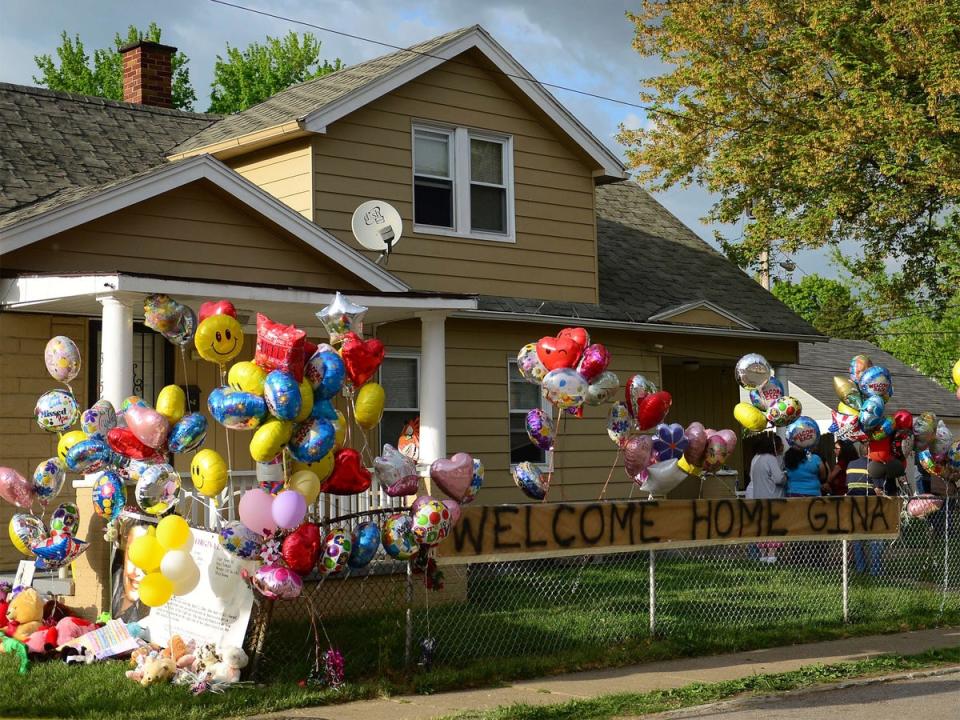
Those years were painful, traumatising and terrifying as Castro abused his victims, pitted them against each other and threatened escape attempts with death. He’d rigged up mirrors and alarms and would often hide to “test” the girls; Gina and Amanda could only helplessly watch, and sometimes videotape, their desperate families pleading for return on television.
On Christmas Day 2006, Amanda gave birth to a daughter, assisted in the birth by Michelle as Castro read a medical book in a rocking chair and yelled at them to be quiet. All three victims have credited the little girl’s birth with bringing new hope and light into their miserable ordeal, and they fiercely tried to shield her from the reality of her world.
Then, one day in May 2013, the adult victims noticed that Amanda’s six-year-old seemed to be running around downstairs while Castro wasn’t home — though he always kept her locked in with her mother when he was gone. Michelle and Gina, kept in a room together, were too petrified to move; Amanda, hearing her daughter freely roaming, felt her mind racing.
“I’m wasting too much time thinking,” she wrote in Hope. “If he’s really gone, I have to move now! I run back up to my room and pull on my high-tops.
“I don’t say anything to Gina or Michelle. If this doesn’t work they might tell him I tried to escape. But I also don’t want to risk getting anyone else hurt, so I’m not going to involve them. If he catches anybody, it will be just me, alone.”
Miraculously, however, Amanda made it downstairs and found the wooden main door unlocked — but a padlocked storm door was blocking her exit. In a scene straight out of a Hollywood thriller, as her six-year-old hysterically screamed and cried, a terrified Amanda, 27, managed “to push the storm door open just enough to get my hand out, and then my whole arm, which I begin to wave like crazy,” she wrote. “I can’t see anyone on the street, so I scream out the door: ‘Help me! Help me! I need to get out of here!’”
Witnessing the wild scene was neighbour Charles Ramsey, who bounded out of his rented home with a McDonald’s burger still in hand and ran up to Castro’s porch. Unsuccessfully yanking on the door, he advised Amanda to kick in the bottom panel, enabling her to crawl out and grab her daughter. They ran with Mr Ramsey to his house, where Amanda first stared in bewilderment at his cell phone.
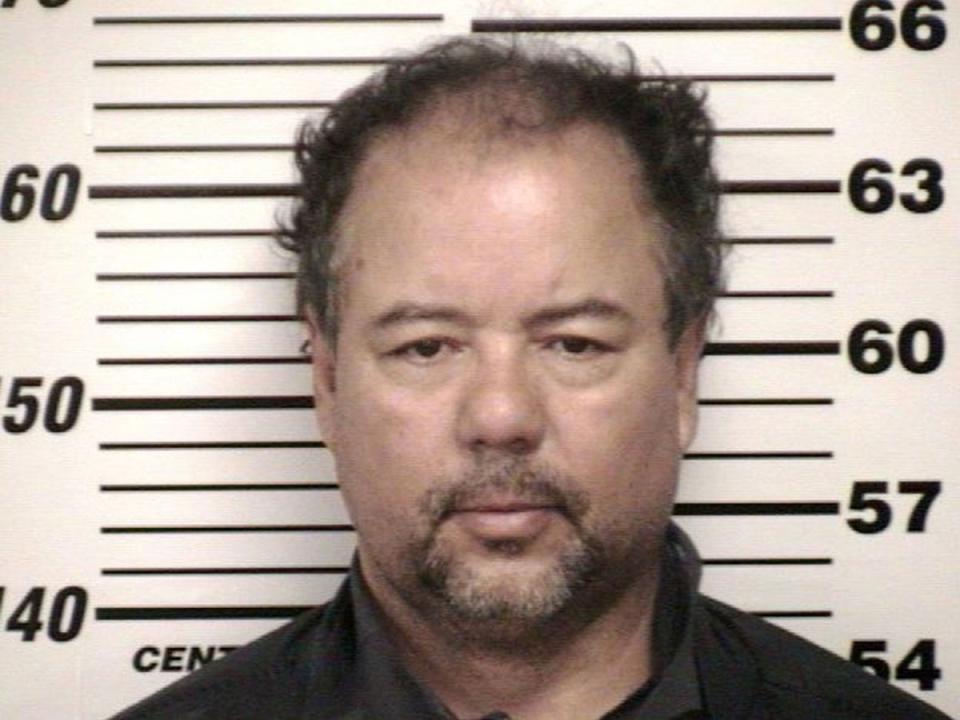
“Little did I know she had been locked in there for 10 years,” Mr Ramsey wrote in his 2014 book Dead Giveaway, co-written with Randy Nyerges. “Little did she know how to operate a touch-screen cell phone.”
Finally connected to 911, Amanda mustered the words she’d dreamt of saying.
“Hello, police? Help me! I’m Amanda Berry!” she said, adding: “I’ve been kidnapped and I’ve been missing for ten years, and I’m, I’m here, I’m free now!”
It wasn’t long before Gina and Michelle, still cowering in the house, heard footsteps and walkie-talkies coming into their room — but they didn’t know what to think.
“I peek around the corner and see two cops in uniform, a man and a woman,” Gina wrote in Hope. “Michelle has jumped up into the man’s arms, and she’s holding on tight. Then he gently puts her down, and she jumps up onto the female officer, shouting hysterically, ‘Please don’t let me go! Please don’t let me go!’”
When the male officer asked Gina her name and she responded, she wrote, “He looks as if he’s just seen a ghost and says in his radio, ‘We found them! We found them!’ Then he stares at me for a while and says, ‘We’ve been looking for you for a really long time.’”
The world’s media descended on the story as the women and Amanda’s child began the difficult but joyous process of healing. Castro’s case was quickly and summarily handled in the courts; he pleaded guilty in July 2013 and was sentenced to life in prison plus 1,000 years without the possibility of parole — before killing himself with his bedsheets that September.
Amanda told her daughter “that her father had died, but not much else, and she never asked,” she wrote in 2015. “I think that deep down she knew there were things she didn’t really want to hear. She sees people stop me in the grocery store and ask, ‘Are you Amanda Berry?’ and she saw my picture on the cover of People magazine, and all she says is, ‘Mom, you’re famous!’ but never asks why.
“Before her first day of second grade I told her that her daddy had a mental illness that caused him to do bad things. Itold her that some people are sick in the stomach, and that Daddy was sick in his mind, and that was why he took me away from my family. For many years nobody knew if I was alive or not, and that is why people are now so happy to see me. And I also told her that he loved her very much. Her response was to hug me and tell me that everything would be okay.”
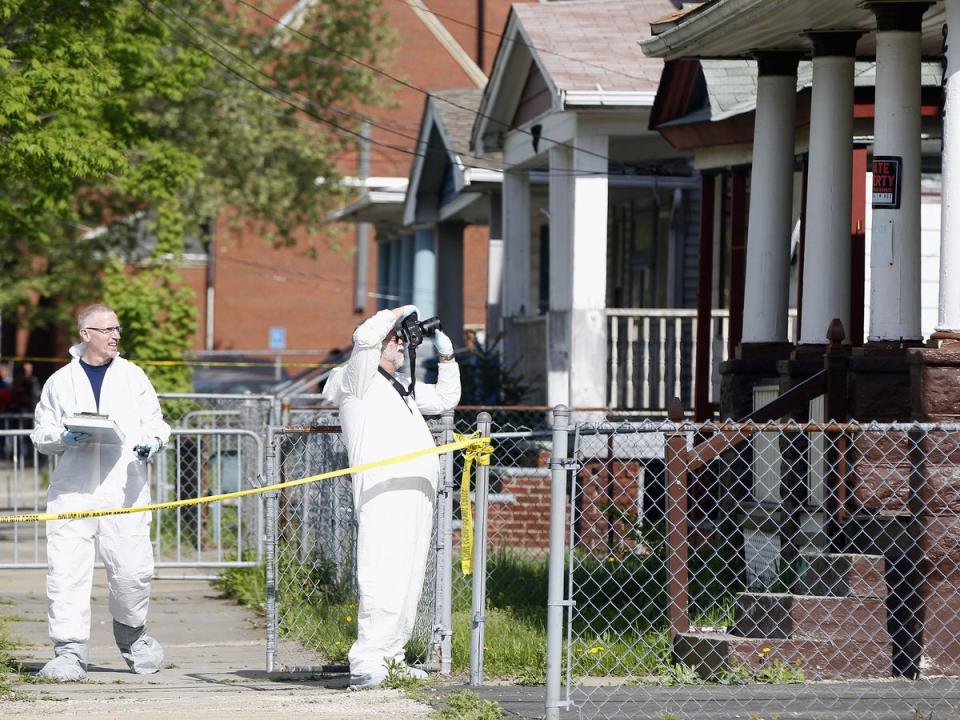
Amanda went on to host missing person segments for local Ohio station Fox 8, saying during her first week on the job that she was “excited to be able to help families who need it and give [the missing] more than just a name. They have a face. They have a family. They have a sister or brother. Just to make it more personal means the world.”
In 2017, years after watching coverage of Elizabeth Smart from her own Cleveland prison, Amanda interviewed the Utah woman herself.
“I absolutely had days when I would rather die than keep going,” Ms Smart told her fellow kidnap survivor.
“I just wanted to say I felt the same way,” Amanda answered. “I’m so happy I kept that hope.”
And Gina, similarly, has dedicated herself to fostering hope — and finding victims. Together with her cousin, Sylvia Colon, she co-founded the Cleveland Family Center for Missing Children & Adults “to provide a support system for families experiencing the difficult time of missing a loved one,” the site states.
The centre is located just yards from the Seymour Avenue home where Castro imprisoned his victims.
“I am a survivor and Seymour doesn’t bother me,” Gina told Fox 8. “I want other people not to give up on hope and be a survivor just like me.”
She writes in the 2015 epilogue of Hope: “I used to blame everybody for what happened to me. I blamed Arlene and Arlene’s mother for not figuring out who kidnapped us. I blamed the people who came into that house and didn’t figure out that we were there. I thought the neighbors on Seymour were so dumb for not realizing what was going on. I was upset that the police and the FBI couldn’t find me. It even got to the point where I was mad at my own family, because they were living their lives while I was stuck.
“But I don’t think like that at all anymore. I know that nobody is to blame for this except Ariel Castro. Not me, not my family, not anybody else. Just one very bad man.”
Michelle, meanwhile, is enjoying life with her husband and committed to paying it forward through animal rescue after miraculously surviving such an ordeal for such a long time.
“I wrote in my notebook in the house that I was going to do something great with animals,” she told WKYC in the run-up to the 10th anniversary of her rescue. “I didn’t know, but God was going to lead the way with my head and my heart.”
Adding that “the greatest gift” she could give an animal was “the forever home they so desperately need,” she continued: “Today, I love everything about my life, the good and the bad, because life is a handful of good and bad — but it’s how you move forward.”

